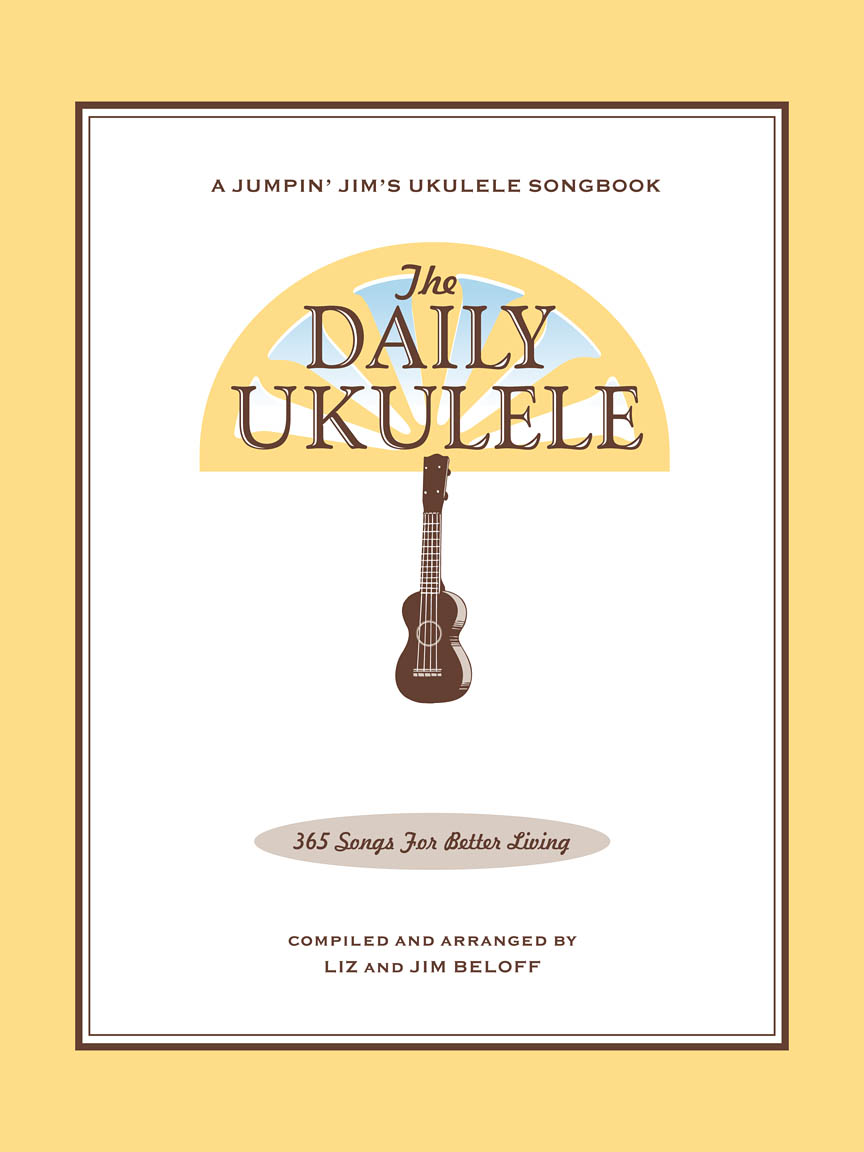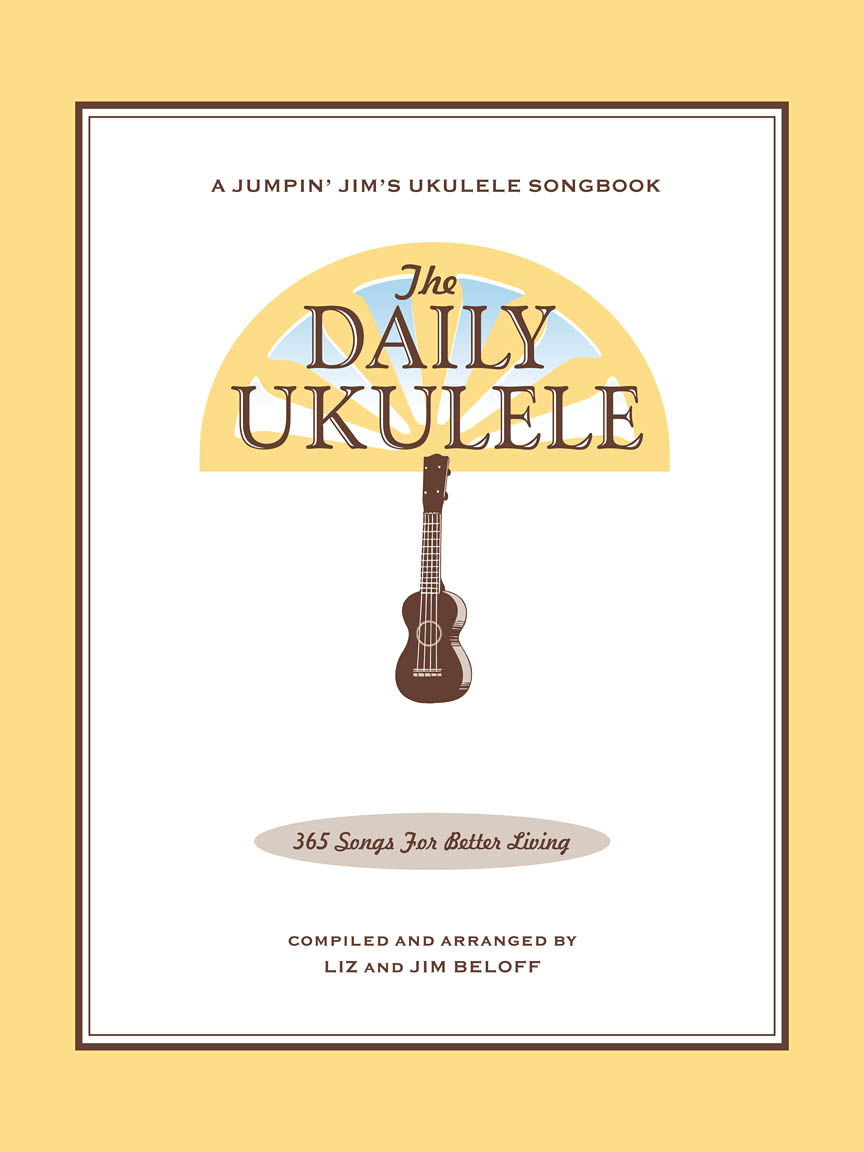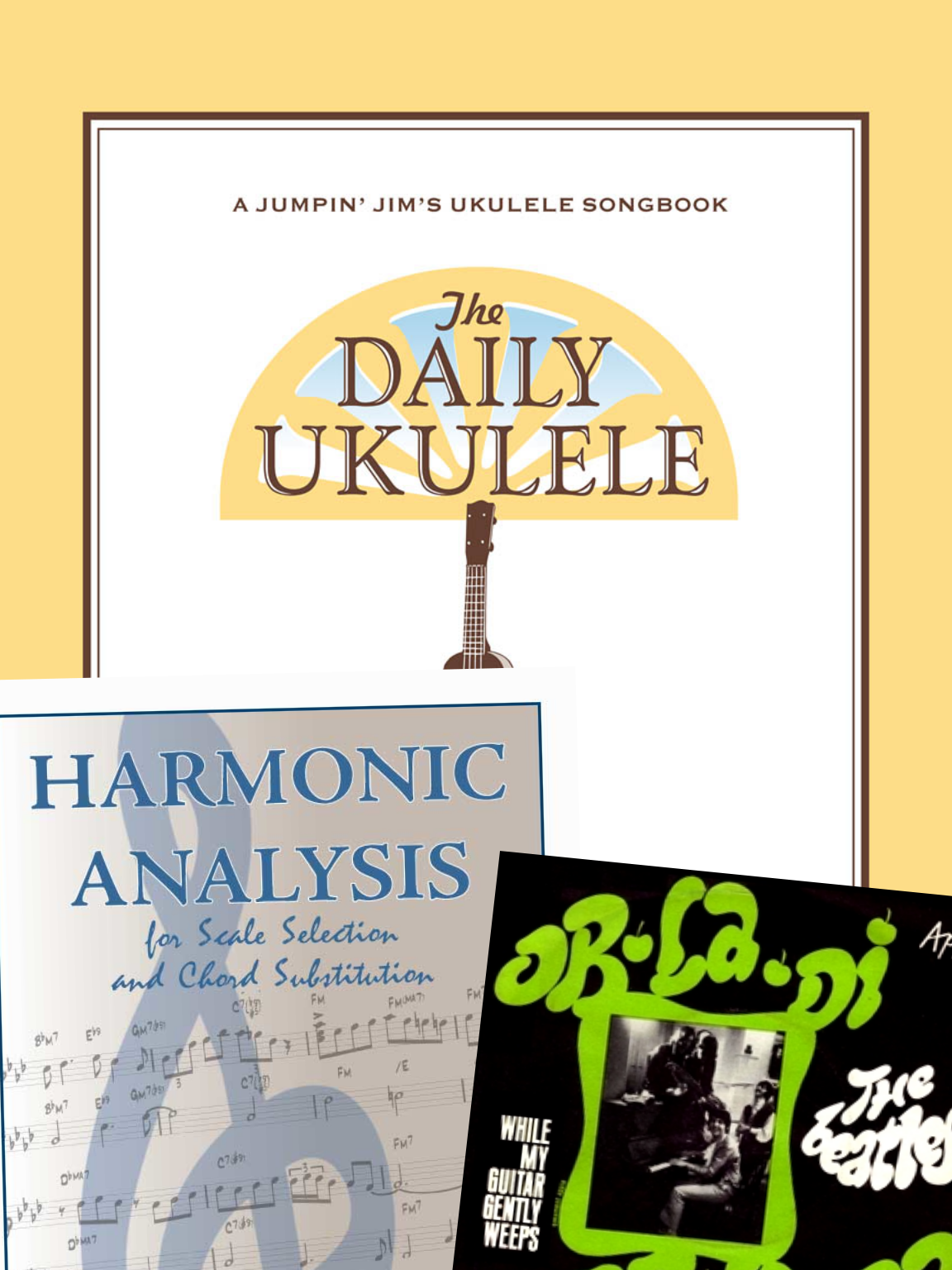Harmonic Analysis (RMA) Worksheet for the song: "Ob-La-Di, Ob-La-Da".
Harmonic Analysis (RMA) Worksheet for the song: Ob-La-Di, Ob-La-Da.
Ob-La-Di, Ob-La-Da
Ob-La-Di, Ob-La-Da "Ob-La-Di, Ob-La-Da" is a song by the English rock band the Beatles from their 1968 double album The Beatles (also known as "the White Album"). It was written by Paul McCartney and credited to the Lennon–McCartney partnership. Following the album's release, the song was issued as a single in many countries, although not in the United Kingdom or the United States, and topped singles charts in Australia, Japan, New Zealand, Switzerland and West Germany. When belatedly issued as a single in the United States in 1976, it peaked at number 49 on the Billboard Hot 100.
McCartney wrote "Ob-La-Di, Ob-La-Da" in a cod Jamaican ska style and appropriated a phrase popularised by Jimmy Scott, a London-based Nigerian musician, for the song's title and chorus. Following its release, Scott attempted, unsuccessfully, to receive a composing credit. The recording sessions for the track were marked by disharmony as McCartney's perfectionism tested his bandmates and their recording staff. The song was especially disliked by John Lennon, and a heated argument during one of the sessions led to Geoff Emerick quitting his job as the Beatles' recording engineer. A discarded early version of the track, featuring Scott on congas, was included on the band's 1996 compilation Anthology 3. (wikiwand);

The Daily Ukulele— 365 Songs for Better Living book.







I7
( V of IV)
Seems like a long song — but there is a a lot of harmonic repetition. Mostly Full Diatonic with one common Secondary Dominant
I7 (V of IV)
.
The leadsheets in the Yellow Book, as with most songs are dictated by the lyrics.
A Harmonic Analysis (RMA/HA) and its worksheet are intended to show the function of the chords, the harmonic principles used, the keys and tonalities the song explores. And, can be used for scale selections and chord and scale substitutions.
lead leadsheet.Minimal roadmap information such as repeats, fine, D.S., D.C., and codas has been used in preparing the worksheets to somewhat mirror the leadsheet in the Daily Ukulele book.
Yellow Book. You should start to recognize that 1st endings typically always return to a previous verse or an
 section. With a 2nd ending, a transition to a different part of the song, a
section. With a 2nd ending, a transition to a different part of the song, a  or chorus. Harmonic Principles are used for these repeats and transitions.
or chorus. Harmonic Principles are used for these repeats and transitions.- Ob-La-Di, Ob-La-Da is in 4/4, Cut Time and the Key of C . The original is in the Key of B♭ , Tempo: 113 bpm
- Full Diatonic
- Partial Diatonic • Full Diatonic includes Secondary Dominant chords

Contemporary Scales: Minor Pent: Minor Pentatonic, Pent: Major Pentatonic, Blues,
Scale/Mode Names: Ion: Ionian (Major), Dor: Dorian (Minor), Phrygian: Phrygian, Lyd: Lydian, Mix: Mixolydian (Dominant), Aeol: Aeolian (Natural Minor), Loc: Locrian


Intro
Original key for Ob-La-Di, Ob-La-Da is B♭. Here is the piano Intro transposed for Ukulele. Works best with C TUning, Low G. The Bass is included as it so simple and cool.
The Beatles's arrangements where amazing and really set their songs up. Still fresh to this day.

Default is C Tuning, Low G
C Tuning, Low or High G
- (wikiwand) Ob-La-Di, Ob-La-Da
- The Beatles Bible: Ob-La-Di, Ob-La-Da
- Ob-La-Di, Ob-La-Da (Remastered 2009) •
Related Lessons, Videos, Lesson Series, Songs, Books & Reference Charts, Resources & Assets, Workshops are below.

Harmonic Analysis (HA), also known as the study of chord relationships, is the method used to identify the harmonic role of chords within a chord progression or song. A chord progression refers to a sequence of chords, with each chord having a root note and belonging to a specific chord type. The function of a chord within a particular scale's tonality is determined by its relationship to that scale.

Harmonic Analysis is the understanding of the functional sequence of chords. It is the process used to analyze the harmonic structure of a progression, song or composition. This analysis is then used to make scale selections for improvisation and chord substitution.

Strum a different song every day with easy arrangements of 365 of your favorite songs in one big songbook! The Daily Ukulele features ukulele arrangements with melody, lyrics and uke chord grids and are in ukulele-friendly keys that are particularly suited for groups of one to one hundred to play and sing.

Finally, learn the names of the notes of the ukulele fingerboard in C tuning .

Learn the six fingering principles to navigating the ukulele fingerboard. Fingering is one of the most universal topics. Book: Six Secrets of the Ukulele Fingering

Harmonic Analysis is the understanding of the functional sequence of chords. It is the process used to analyze the harmonic structure of a progression, song or composition. Book: Harmonic Analysis for Scale Selection and Chord Substitution

Learn to read single note melodies in the first/open position is a lot easier than you might think. Book: Ukulele – Reading Music Series – Primer

An organized collection of daily practice and reference material for the contemporary ukulele player for developing the vocabulary and knowledge necessary for single note playing. Book: Daily Practice Material for the Contemporary Ukulele
Checkout the Books & Reference Charts for additional Handy, Dandy Reference Charts.

Ukulele Fingerboard Chart for C Tuning, Low or High G – G C E A

Ukulele Fingerboard Chart for G Tuning, Low or High A – D G B E

A handy reference chart of all 15 major and relative minor key signatures. US Letter 8.5 x 11 sized (ANSI-A), A4
Checkout the Books & Reference Charts for additional Handy, Dandy Reference Charts.







.jpg)